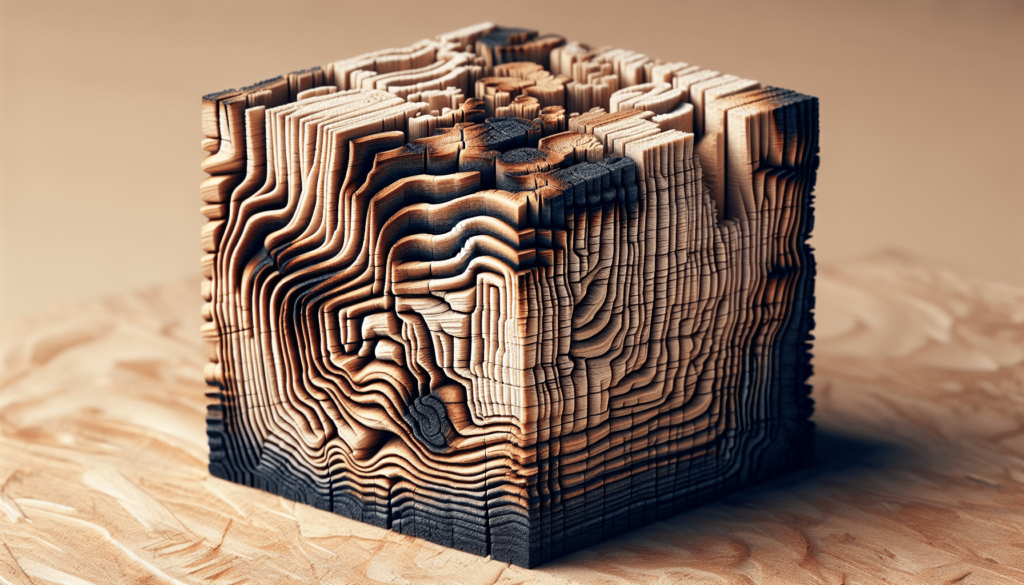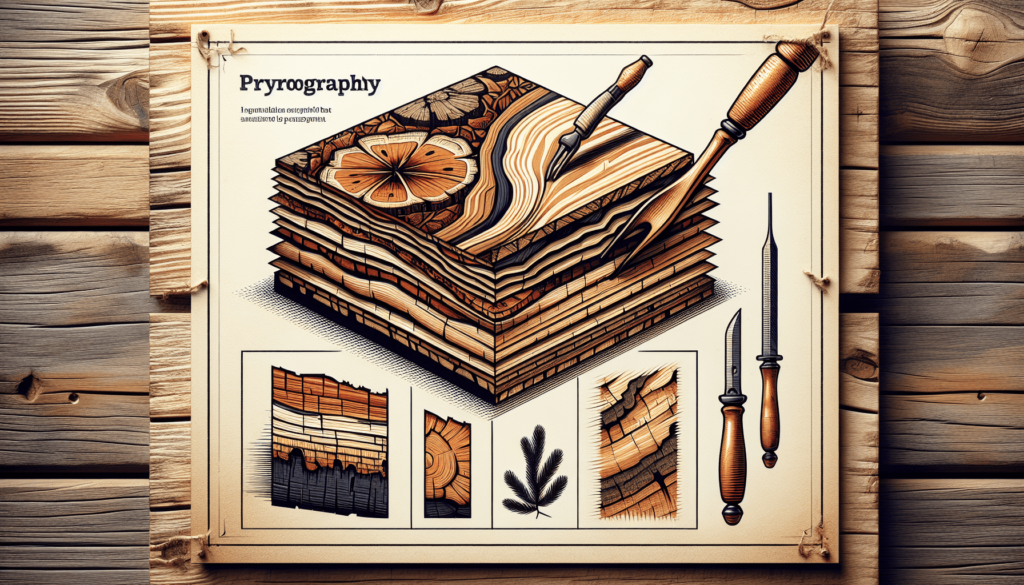Have you ever found yourself completely absorbed in a craft project, only to realize midway that the materials you’re using might not be quite right? I know I have. One of my favorite hobbies is pyrography, or wood burning, an art that involves etching designs onto wood using a heated tool. It’s an incredibly rewarding and meditative activity, but it does come with its caveats, particularly when it comes to choosing the right kind of wood. So, let’s chat about what wood not to use for pyrography, shall we?
Why Does Wood Choice Matter in Pyrography?
Before we get into the specifics of which woods to avoid, let’s take a moment to understand why the choice of wood matters so much in pyrography. Different woods have distinct characteristics that affect how easily they burn, the quality of the design, and even your health and safety.
The Role of Wood Grain
Wood grain can significantly influence your pyrography project. Woods with a fine, even grain are generally easier to work with. They allow for smooth, consistent lines and detailed designs. On the other hand, woods with a coarse or uneven grain can lead to jagged lines and an overall less polished look.
Toxicity Concerns
Some woods are potentially hazardous when burned. These woods can release harmful fumes that are not only dangerous to inhale but can also irritate the eyes and skin. Safety should always be a priority, so it’s crucial to be aware of which woods to avoid for this reason.
Burn Characteristics
Different woods burn differently. Softwoods tend to burn faster and can produce a darker line, whereas hardwoods burn more slowly and can demand a steadier hand. Certain woods are prone to scorching or uneven burns, which can ruin an otherwise beautiful design.

Woods to Avoid
Alright, now that we’ve set the stage, let’s dig into the main event: the specific woods you should steer clear of for your pyrography projects.
Pine
Ah, pine. It’s readily available and typically inexpensive, making it a tempting choice. But here’s the thing: pine has a very resinous nature. When you burn it, the resin can bubble and create uneven lines. The heavy grain can also be a nightmare to deal with, making your intricate designs look like they were sketched by a toddler in the throes of a sugar rush.
| Issues with Pine |
|---|
| Resin bubbling |
| Heavy, uneven grain |
| Difficulty in producing fine details |
Cedar
Cedar might smell divine, but when it comes to pyrography, that sweet aroma isn’t worth the trouble. Burning cedar releases toxic fumes that can make your eyes water and your throat itch. The wood is also quite soft, leading to a higher risk of scorching. So, unless you enjoy coughing fits and botched designs, cedar is one to avoid.
| Issues with Cedar |
|---|
| Toxic fumes |
| Increased likelihood of scorching |
| Soft texture |
Oak
Oak is a beloved material in the world of woodworking for its durability and beautiful grain. However, in the realm of pyrography, it’s a bit of a different story. Oak has a very coarse grain that can make detailed work nearly impossible. Moreover, it requires a lot more heat to burn, which can be taxing on both your tool and your nerves.
| Issues with Oak |
|---|
| Coarse grain |
| Requires more heat |
| Harder to execute fine details |
Treated Wood
Treated wood, such as pressure-treated lumber or wood that has been painted or stained, should be a no-go for pyrography. These types of wood are treated with chemicals that release harmful fumes when burned. Not only is this hazardous to your health, but it can also lead to unpredictable results in your design.
| Issues with Treated Wood |
|---|
| Release of harmful chemicals |
| Unpredictable burn results |
| Health hazards |
MDF and Plywood
These engineered woods might seem convenient and budget-friendly, but they’re far from ideal for pyrography. MDF (Medium Density Fiberboard) and plywood are composed of wood fibers, glue, and other additives. When you burn these materials, the adhesives release toxic fumes that you don’t want to be anywhere near.
| Issues with MDF and Plywood |
|---|
| Release toxic fumes |
| Poor burning qualities |
| Health risks through inhalation |

Conclusion
Choosing the right wood for pyrography is crucial not just for the success of your project but also for your safety. Avoid woods like pine, cedar, oak, treated wood, and engineered woods like MDF and plywood. Instead, opt for woods that are safer and easier to work with, such as basswood, maple, or birch. Your lungs—and your masterpiece—will thank you.
So, next time you’re setting up for a pyrography session, give a little extra thought to your choice of wood. Trust me, it’ll make your experience much more enjoyable and your artwork all the more impressive.

